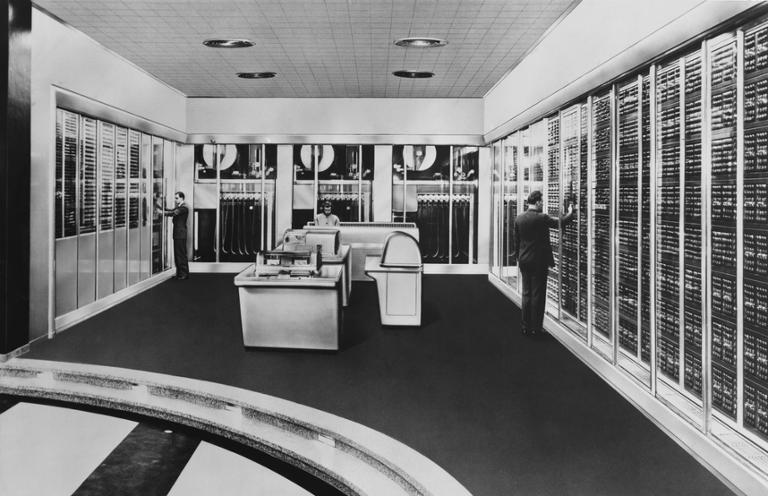For many companies, especially those in the financial and insurance industries, legacy computing is a fact of life. Whereas other businesses may run the most current technology in their data centers, these firms have so much historical data in place, along with such a significant amount of money invested in their systems, they’re all but forced to keep the big iron running even as they add newer technology to handle current tasks. “Mountains of COBOL code, 30-year-old mainframes and long waits for process changes that take months to implement are the reality for a surprisingly large part of the IT industry,” storage and cloud consultant Jim O'Reilly wrote in
TechTarget. “Legacy data center gear is slow and expensive to run and maintain," O'Reilly added. "And many legacy programming languages are dead; COBOL programming language is no longer taught in schools, and most programmers want nothing to do with it." It’s not just job seekers who shy away from talking about COBOL skills. A number of recruiters don’t like getting involved in searches for mainframe jobs. Often, they say, employers aren’t realistic about the job’s qualifications—tech pros with three to five years of COBOL experience are exceedingly rare, for instance—and they see little long-term advantage to participating in what can be a long and painful process.
The Upside
Despite all that, the fact remains that jobs involving legacy systems do open up, and they can offer you a way into a highly regarded employer. JPMorgan Chase, UnitedHealth Group and Northrop Grumman, for example, all have a need for COBOL skills. This puts the pressure on employers to be flexible when they’re trying to fill a legacy position, said Luke Cantella, principal account manager for recruiter WinterWyman in Waltham, Mass. “Tech pros like the latest and greatest,” he observed. “It’s hard to ask people to go back to something that’s not so great.” That means the company has to clearly think through what it’s offering and present job seekers with a clear upside. In some cases, candidates may even be able to negotiate a position that offers them leadership opportunities sooner than might otherwise have been possible. For example, they may have the chance to help plan the migration to a new platform as part of their role.
Thinking It Through
So what do you do if you’re approached with a legacy opportunity? Before you dismiss it out of hand, it might be worth asking yourself a few questions:
- Will managers outline a clear career path for you? Sure, their immediate priority is to plug the hole in their legacy systems, but have they given thought to where your next opportunity will be, and how long it will take for you to get there? (It’s a red flag if they haven't.)
- Is the company committed to updating its systems, and will you be a part of that effort? How much of your time will be allotted to working on the migration, as opposed to simply maintaining the old technology?
- Does the company use available tools—such as those from Compuware and Micro Focus—that can integrate legacy solutions with more contemporary distributed application IDEs and APIs? Is it looking at ways to use the likes of Java and C++ on the mainframe? (Shops that do aren’t stuck in the past.)
However they do it, employers have to give tech pros “a really good reason” to take a job focused on older technology, said Cantella: “Employers might have to craft legacy with other responsibilities,” such as transitioning to new systems and training in new skills along the way.

